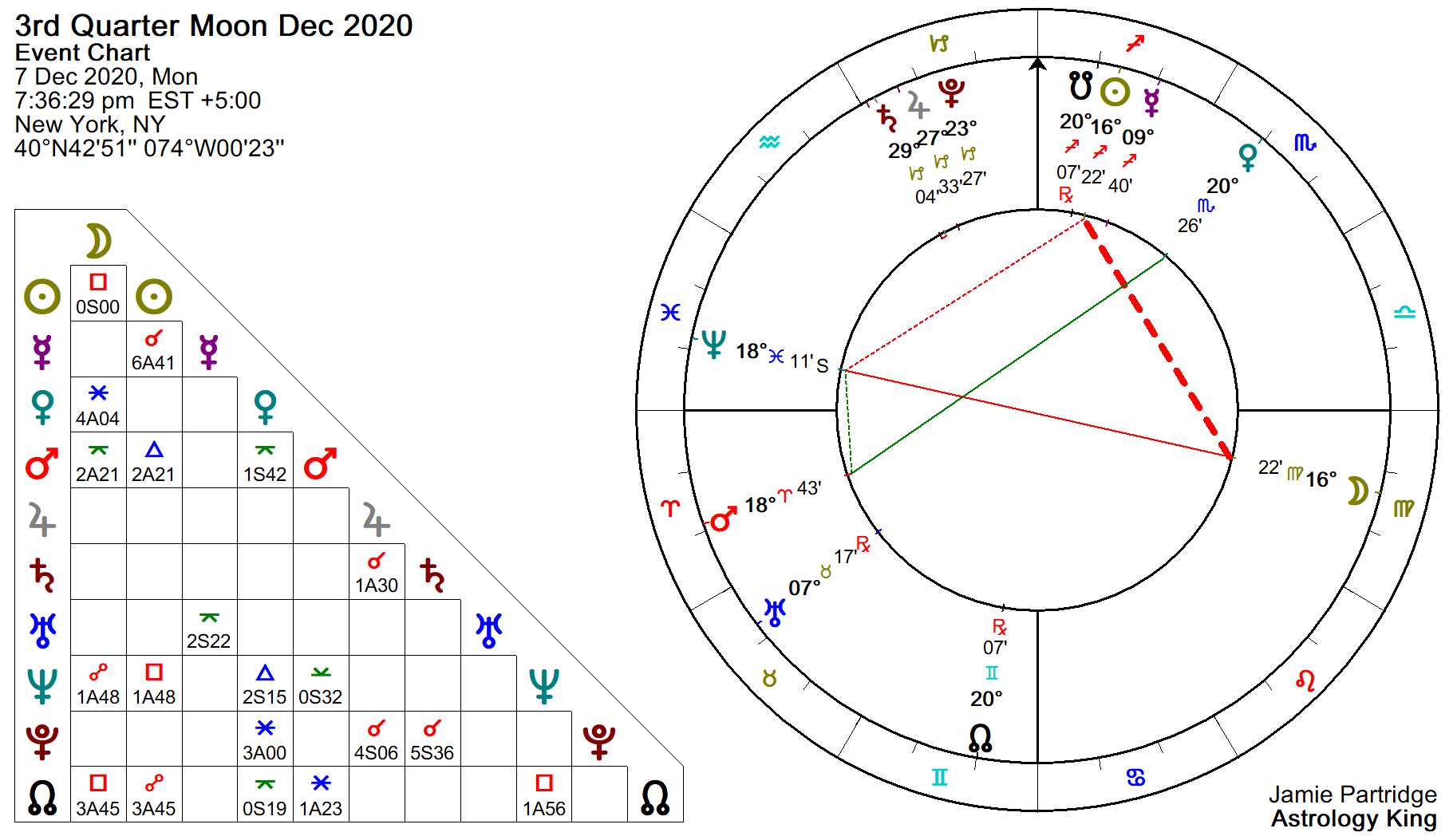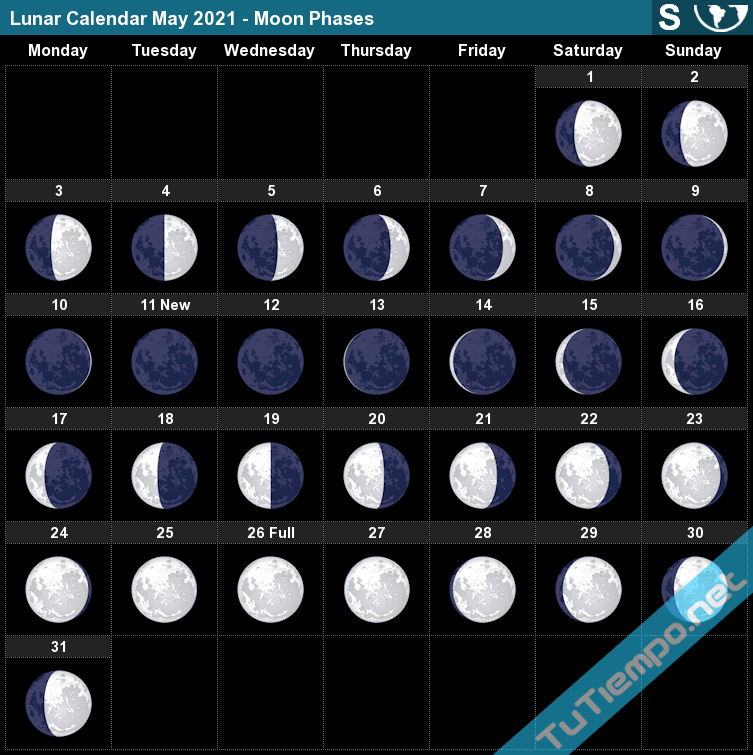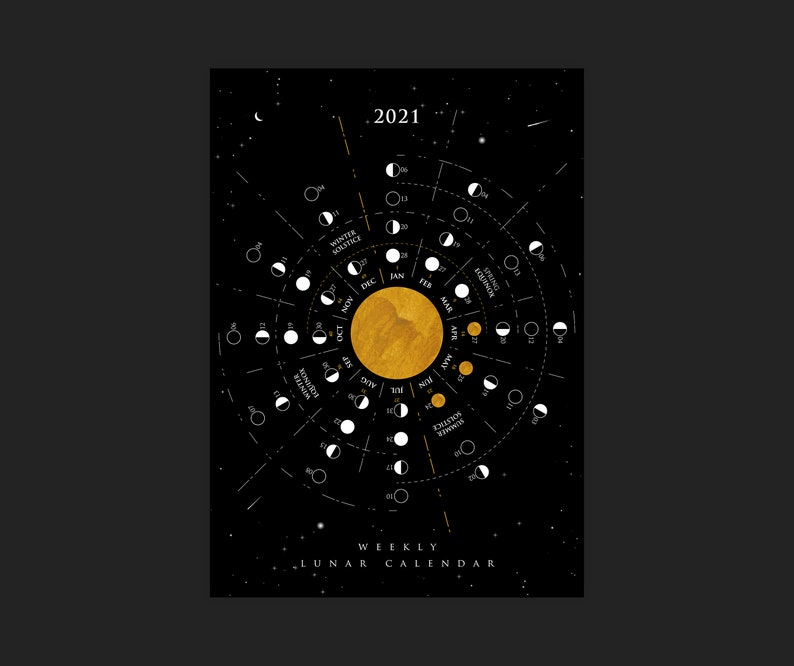


He reasoned, incorrectly however, that the Earth was fixed in space and that the Moon, Sun and Stars revolved around it. By observing the shadow of the Earth across the face of the Moon during a lunar eclipse, Aristotle reckoned that the Earth was also a sphere. Based on how the terminator curved across the surface of the Moon, he correctly surmised the Moon must be a sphere.Ī few centuries later, around 350 BC, Aristotle took Pythagoras observations even further. Around 500 BC Greek philosopher and astronomer Pythagoras carefully observed the narrow boundary line-the terminator-between the dark and light hemispheres of the Moon. The Greeks were among the first to take a scientific look at the Moon and her phases.

What did he think it was? It’s not hard to imagine how the Moon became the source of many religions, myths and legends throughout the ages. Nothing on Earth was quite like this strange brilliant object arcing through the night sky.
#2021 moon phases full
Imagine a Neanderthal peering out of his cave some dark summer night as the Full Moon rises above the horizon. The illustration below shows all eight main and minor Moon phases and where they occur in the lunar cycle. These interim phases are Waxing Crescent Moon, Waxing Gibbous Moon, Waning Gibbous Moon and Waning Crescent Moon. Unlike the main phases, these minor phases don’t happen at a specific time or luminosity, rather they describe the Moon’s phase for the entire time period between each main phase. The remaining four Moon phases occur at halfway points between the main phases. To learn more about the exact time of the Full Moon and the current Full Moon info, check out these Current Full Moon times. In reality, the exact moment of the Full Moon can be timed to the second. When people say “today is a Full Moon” it’s important to remember that doesn’t mean the Moon is full all day long, only that the Full Moon Phase occurs on this day. The First and Last Quarter phases happen when the Moon is exactly half illuminated, with 50-percent luminosity. The New Moon Phase occurs when the Moon is completely dark with zero-percent luminosity, while the Full Moon Phase is completely bright with 100-percent luminosity. These phases occur at very specific times and are measured by both the Moon’s luminosity and how far along the Moon is in its orbit around Earth. The four main Moon phases in order are the New Moon, First Quarter Moon, Full Moon and Last Quarter Moon. The illustration is set to your computer’s clock and therefore gives you an accurate reading for your own particular time zone. The illustration above shows the range of illumination for today - September 26, 2023. And while the changes may seem slow, on any given day the amount of Moon illuminated by the Sun can vary by as much as 10-percent. It’s the Moon’s journey as it orbits around Earth that creates the predictable dance between light and shadow.


 0 kommentar(er)
0 kommentar(er)
